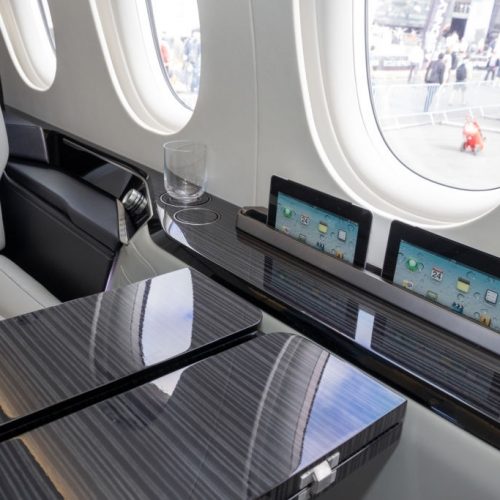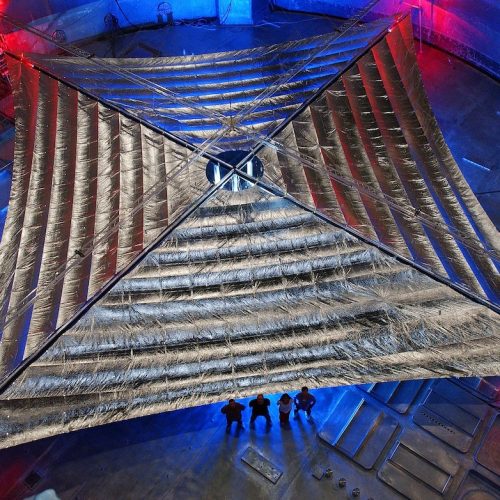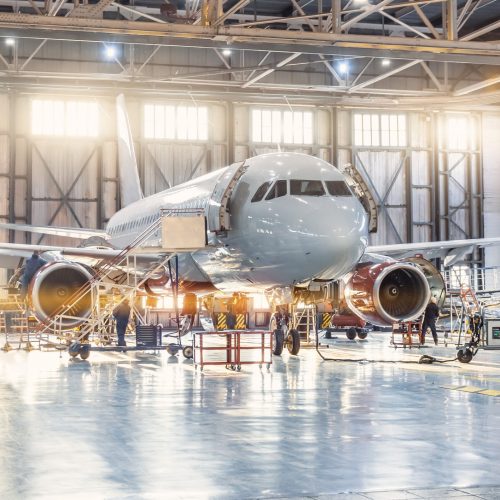

The properties of graphene make it an ideal material for the gadgets industry. More than fourteen years after its revelation, the applications dependent on graphene are far and wide. Graphene innovation has even reached the aerospace industry, and due to this, many companies try to develop ideas to utilise.

Solar sails are a strategy for space apparatus impetus utilising radiation pressure applied by daylight on enormous mirrors. Various spaceflight missions to test sun-based drive and route have been proposed since the 1980s. But how can we use graphene here?
Despite its slimness, graphene boasts strength 200 times greater than steel. This means that applying the material to create solar sails will increase the total pressure it can handle. Not only that, graphene offers its lightness, making space apparatus much more comfortable to move. These properties of the material create the combination reduced weight without sacrificing strength.

A space lift stays as a proposed sort of planet-to-space transportation framework. The principle segment would be a cable known as a tether moored to the surface and reaching out into space.
The plan would allow vehicles to go along the thread from a planetary body, like Earth's, into space or circle, without the use of enormous rockets. An Earth-based space lift would comprise a cable connected to the surface close to the equator and the opposite end in space past the geostationary circle, 35,786 km in height. With graphene being the primary material for the cable, companies can execute the idea with its enormous strength.


The uses of graphene is advancing in the aeronautical industry. Graphene is now being used to make lighter but stronger aeroplane and helicopter structures. Graphene's excellent electrical conductivity will allow de-icing frameworks to be incorporated into the wings.
Its protecting limit will make it feasible to create paints that decrease the radar impression, to make the aeroplane undetectable, and to additionally assemble wind cultivates that don't upset the movement of radars that review air traffic.
Aernnova became one of the first companies to apply graphene to their aeroplane. Their collaboration with Grupo Antolin-Ingenieria and Airbus paved the way for their project called Graphene Flagship. The project allowed companies to utilise graphene as a composite for current materials used, and delivered a leading edge for an Airbus A350 even tail.
According to them, since that piece contacts the air, it would improve the plane’s physical and thermal traits. Graphene can increment the primary edge's physical properties, making it more slender and diminishing its weight. This can improve fuel-saving and discharges decrease over an aeroplane's lifetime. The project manager mentioned that Aernnove specifically collaborated with Grupo Antolin-Ingenieria to add graphene to the resin. With that, it provides refining pressure to the end product. It makes tiny graphene molecules making significant advancements to get graphene to penetrate the sap. Not only that, but the act also allows the produce to dodge undesirable pollutants that can change the consistency of the tar. It remains essential to keep up the tar's proper thickness to guarantee the ideal result during the pitch move trim of the primary edge.

Fill the form below: